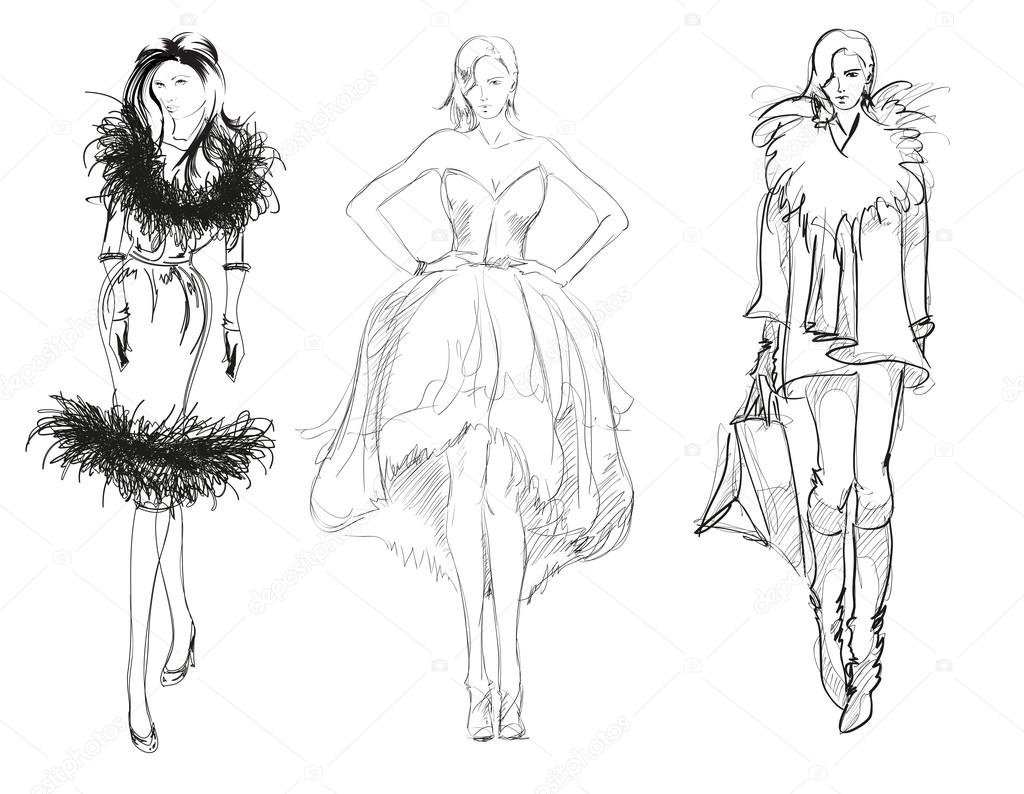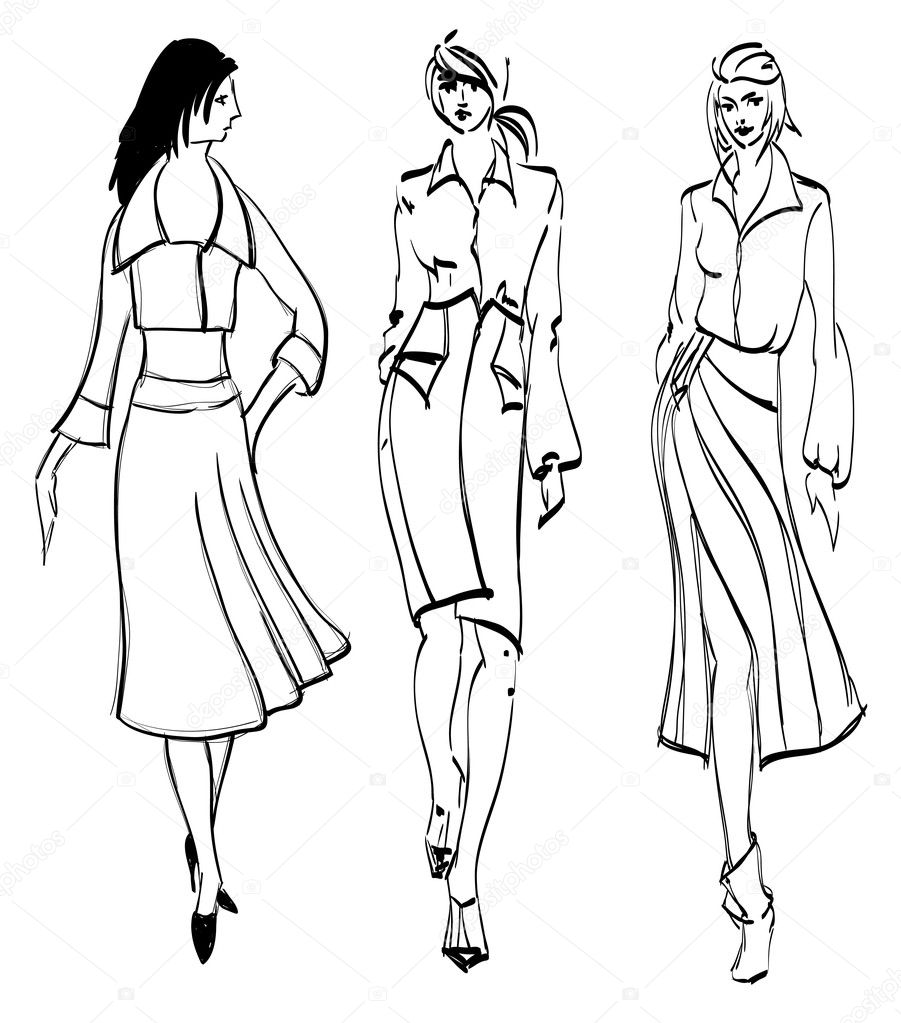

The question is:ĭo I need to know how to draw to start a clothing brand? Intellectual property theft: Some designers allege that their designs have been illegally duplicated and mass-produced by fast fashion companies.We have received some questions about this topic and we feel the need to address it.That's led to critics charging that fast fashion is built on bad working conditions, poor pay, and other abusive, exploitative practices. Associated with exploitative, abusive labor practices: Manufacturers are generally based in developing countries-and some have been none too stringent in overseeing their sub-contractors nor transparent about their supply chain.So when they're discarded, they molder in landfills for years. The poorly made garments don't age well, but they can't be recycled because they're predominantly (over 60%) made of synthetics. Bad for the environment: Critics contend that fast fashion contributes to pollution, waste, and planned obsolescence due to its cheap materials and manufacturing methods.Many fast fashionistas in their teens and early twenties-the age group the industry targets-admit they only wear their purchases once or twice. Encourages a “throw-away” consumer mentality: That's why it's also called disposable fashion.If a consumer buys multiple fast fashion garments, cheap as they are, it eventually costs them more than buying a few pricier ones that last longer. garment industry, where labor laws and workplace regulations are stronger, and wages are better. Cheap materials and poor workmanship: Because the clothing is made overseas, fast fashion is also seen as contributing to a decline in the U.S.


Makes clothes affordable: Even those of modest means can constantly buy smart new clothes, indulge in fun or impractical items, and wear something different every day.Also, it's made clothing more affordable-and not just any clothing, but innovative, imaginative, stylish clothing. Quick to consumers: As for advantages for the consumer, fast fashion has enabled people to get the clothes they want when they want them.

And because the clothing is cheap (and cheaply made), it's easy to get people back into stores or online to make fresh purchases. Accordingly, consumers know to purchase an item they like when they see it, no matter the price because it's not likely to be available for long. The retailer does not replenish its stock-instead, it replaces items that sell out with new items. Profitable for manufacturers and retailers: The constant introduction of new products encourages customers to frequent stores more often, which means they end up making more purchases.Advantages and Disadvantages of Fast Fashion The Advantages of Fast Fashion In contrast to these four seasons, fast-fashion labels produce about 52 “micro-seasons” a year-or one new “collection” a week of clothes meant to be worn immediately instead of months later. The traditional clothing-industry model operates seasonally, with the fall fashion week displaying styles for the upcoming spring/summer and the spring fashion week showcasing looks for the following fall/winter in addition, there are often pre-fall and pre-spring or resort collections too. The style-conscious would get a preview of the styles to come via fashion shows that displayed new collections and clothing lines several months in advance of their appearance in stores. Consumers would save up to buy new clothes at certain times of the year. Shopping for clothing was once considered an event. On the downside, fast fashion is also associated with pollution, waste, the promulgation of a "disposable" mentality, low wages, and unsafe workplaces.Fast fashion's benefits are affordable prices and instant gratification for consumers, more profits for companies, and the democratization of stylish clothing.Zara and H&M are two giants in the fast fashion field.Innovations in supply chain management among retailers make fast fashion possible.Fast fashion describes low-priced but stylish clothing that moves quickly from design to retail stores to meet trends, with new collections being introduced continuously.


 0 kommentar(er)
0 kommentar(er)
